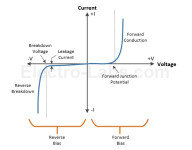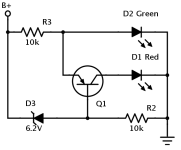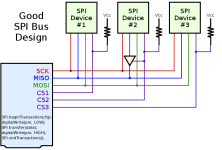PMIC – Gate Drivers: A Purpose-Built Integrated Circuit

A PMIC (Power Management IC), also known as a power management IC, is a purpose-built integrated circuit whose function is to manage power for the main system, for example. PMICs are commonly used in devices that use batteries as a power source, such as mobile phones or portable media players. As these devices generally have more than one power source (e.g., batteries and USB power supplies), the system requires multiple power sources of different voltages and the need to control the charging and discharging of the batteries, meeting such requirements traditionally would take up a lot of space and increase product development time, hence the emergence of PMICs. A power management integrated circuit (PMIC) is a highly integrated device with many onboard functional circuit modules. PMICs from ADI with integrated battery chargers or USB power managers solve the battery charging problem by providing multiple system rails in a portable product, all in a small form factor. the control supports seamless conversion and manages the power flow between different input sources, such as wall adapters, USB ports, and Li-ion batteries, while…






